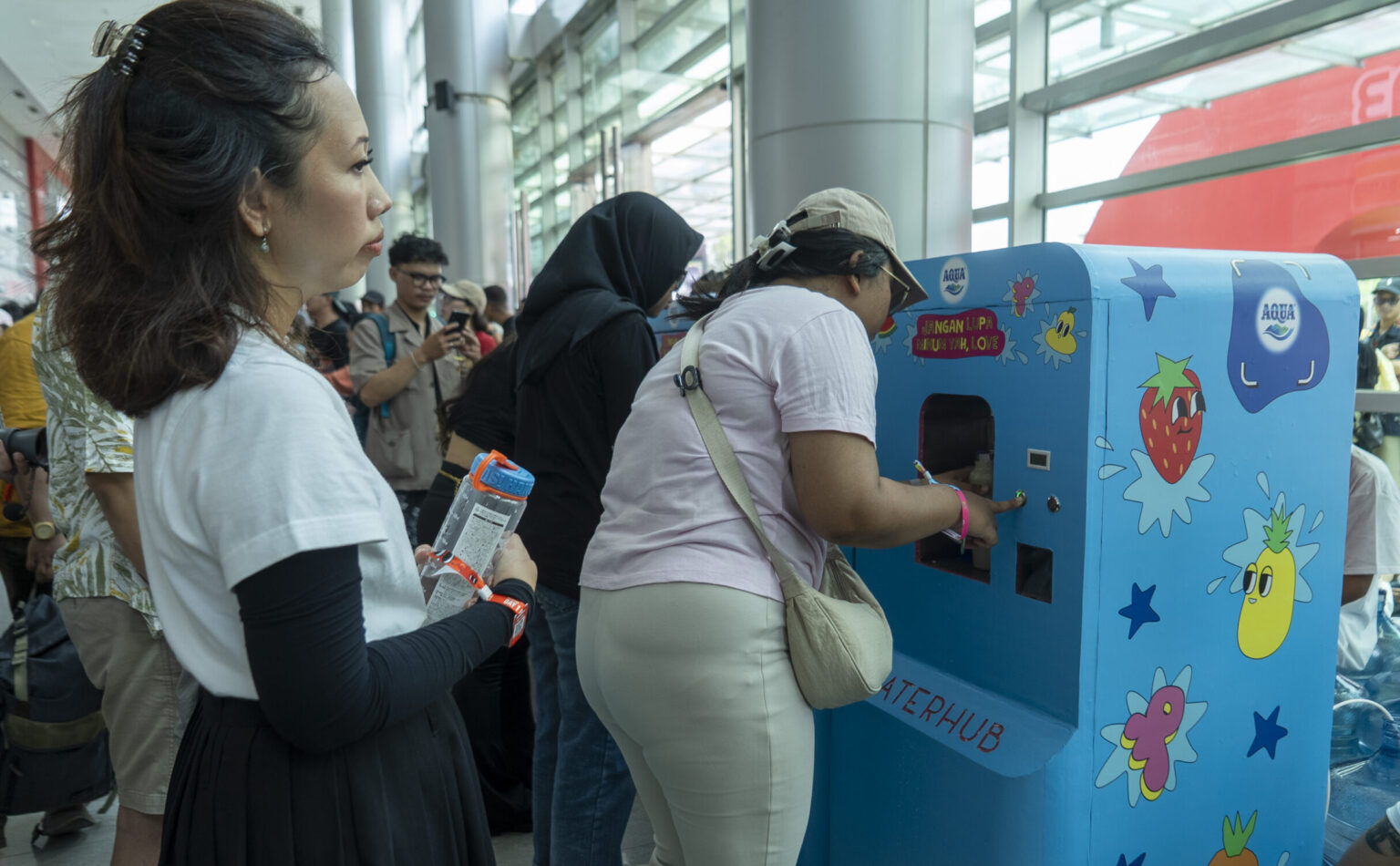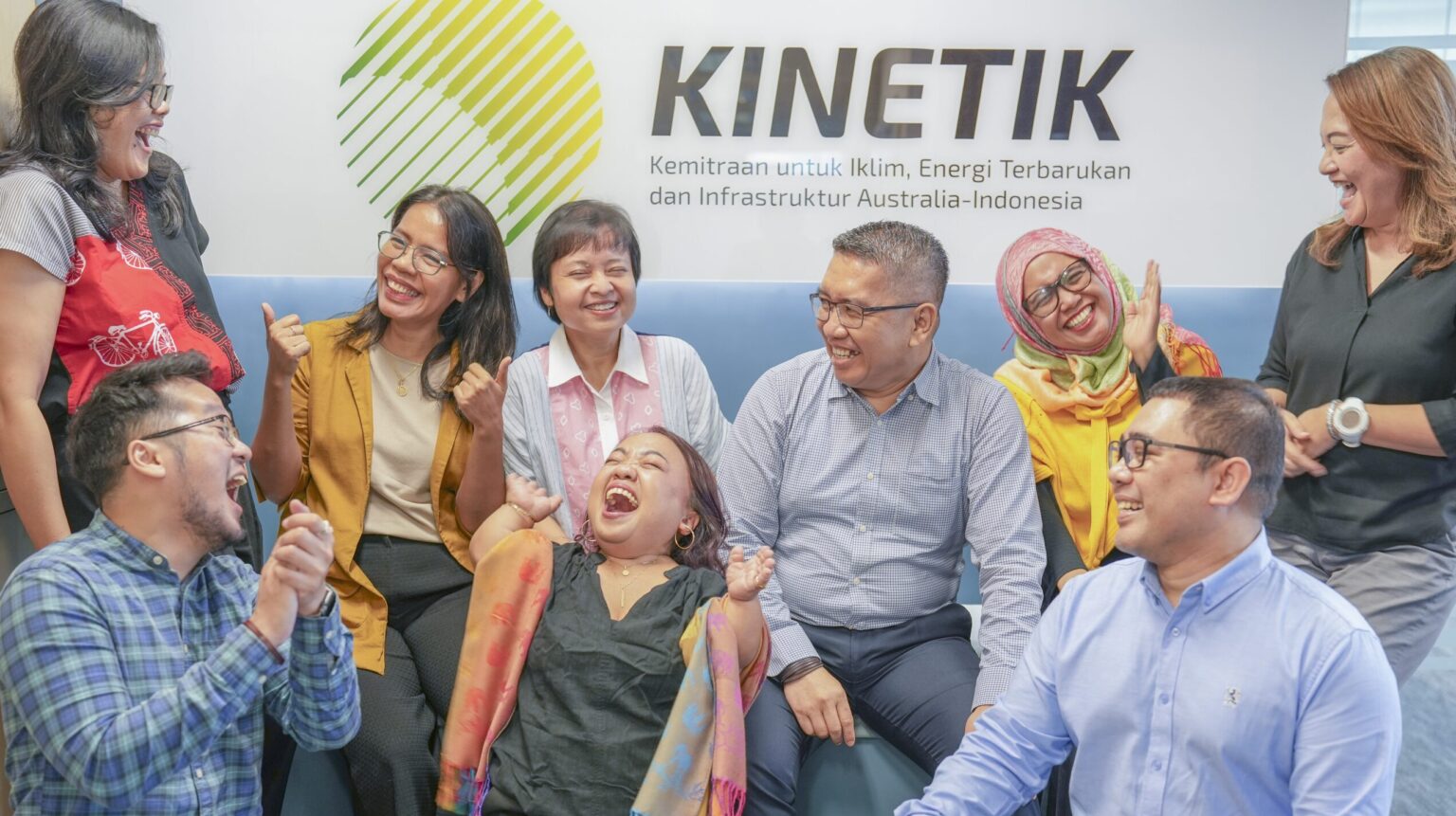
By Rini Astriani Fauziah
When we talk about making workplaces inclusive for people with disabilities, it is easy to picture ramps, elevators or accessible toilets.
But after speaking with Pujiaryati Anggiasari, Anggie, to her friends, I learned that real inclusion is about more than just physical access or hiring support staff. It is about feeling welcomed, supported and able to join in all the little moments that make work life meaningful.
Anggie is the Gender Equality Disability and Social Inclusion (GEDSI) Coordinator at KINETIK and has lived experience of Achondroplasia, a rare genetic disorder causing disproportionate short stature, also known as dwarfism.
Her role as a disability advocate began in 2009, almost by chance, when her university professor asked her to help with notetaking and translation for a World Council of Churches event. That experience introduced her to the Ecumenical Disability Advocacy Network, a group fighting for the rights of people with disabilities across diverse faiths, including Catholicism, Protestantism and Islam.
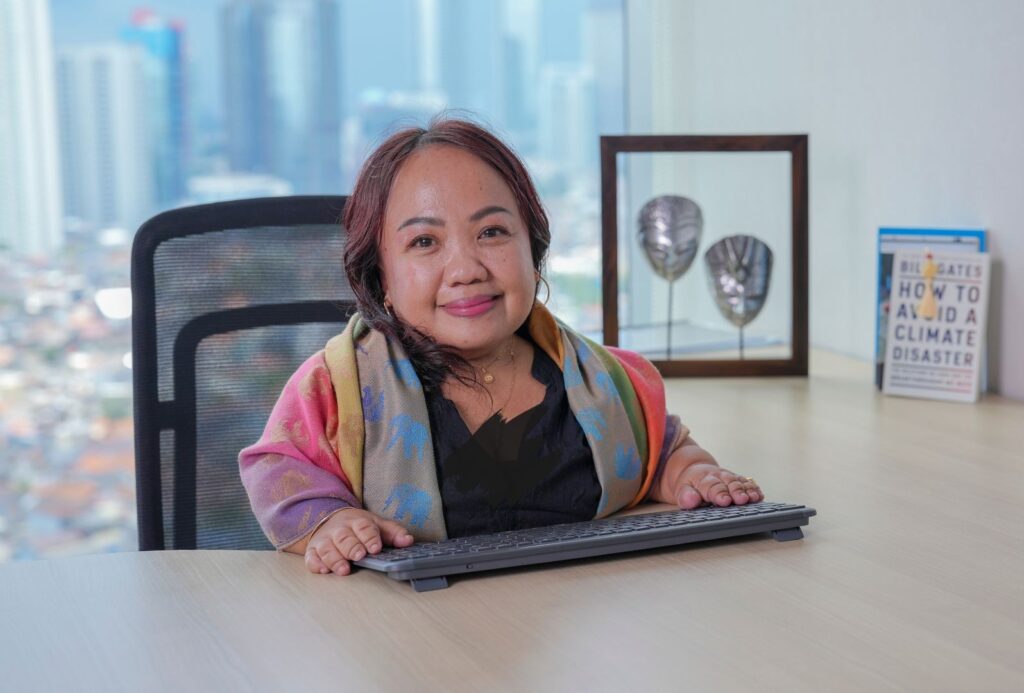
It was a turning point. “I felt this issue was very personal to me, so I chose to focus more deeply on it,” she says.
Since then, her work has expanded to include interfaith dialogue, inclusive budgeting, reproductive health rights for marginalised groups and disaster preparedness with global organizations such as Handicap International France and ASB (Arbeiter-Samariter-Bund) Germany in Yogyakarta.
Little things say “You matter.”
Anggie’s work with ASB Germany and Handicap International showed her what true inclusion looks like. “They didn’t just build ramps or lower a light switch; they asked me what I needed to feel comfortable at work,” she says.
From handrails to non-slip paths, they set budgets for accessibility and checked in regularly: “’Is the restroom easy to use? Can you reach the photocopy machine?’ For others, it might be a small thing. For us, it means: ‘You see me. You thought of me’.”
Anggie speaks openly about the challenges of living with achondroplasia. Adjusting to new places is not always easy. “It takes time to feel safe and accepted,” she says.
In her current office, the accessible toilet light switch was too high for Anggie to reach, especially when the light was off. “I couldn’t use the toilet without asking our receptionist to turn on the light every time,” she says. “It’s a small thing, but it matters.”
A simple solution has now been put in place. A note reminds others not to turn the light off, a practical step supported by her team and the building management which shows awareness and care.
For Anggie, gender, disability, and inclusion are all connected. “It’s about justice and equity.” Her studies in feminism and ethics drove her passion to make a difference.
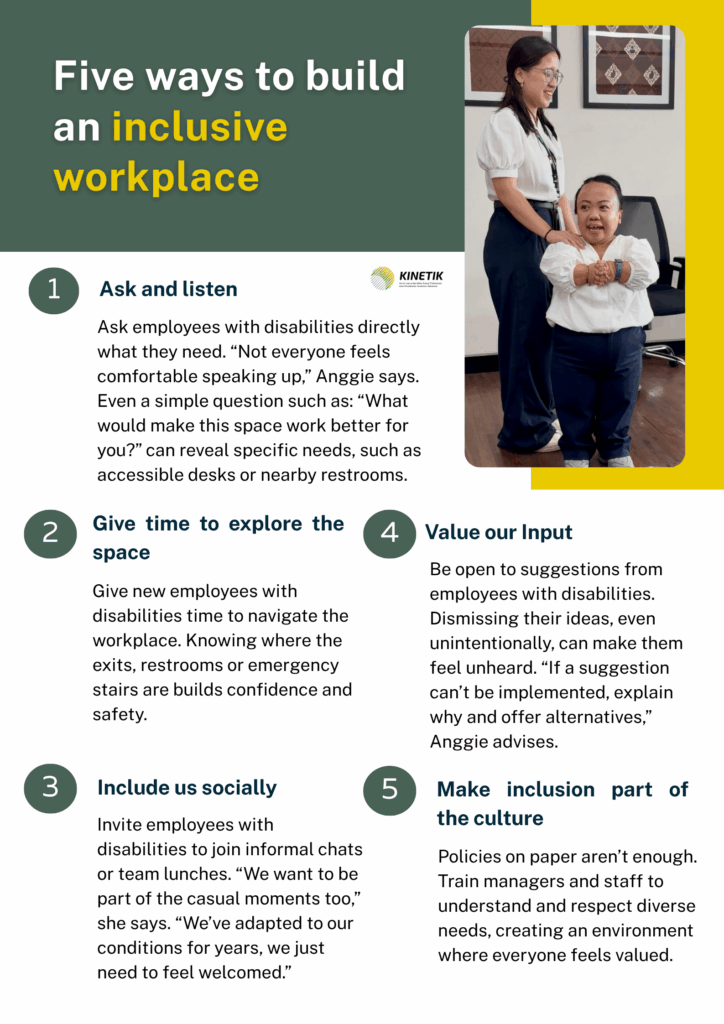
Inclusion means more than one-size-fits-all
Imagine a regular morning at work. You turn on your computer, check emails and maybe grab a coffee. Now imagine doing all of that while facing physical, sensory, or social barriers that others might not even notice.
Maybe you need a guide path on the floor or a light switch that is lower on the wall. Maybe you rely on captions or written instructions. Or maybe your disability is not visible at all.
That is why Anggie stresses the importance of going beyond “universal design” – the idea that a one-size-fits-all space is enough.
Anggie shares a memorable example from a recent fire drill at her office: “We were so reliant on sound alarms. But what about colleagues who are deaf? In a real emergency, they might see people running but have no clue why.”
This highlights the need for customised accessibility, such as visual cues or written instructions.
Anggie says that making a workplace inclusive is not about pity or obligation. It is about redesigning spaces so more people can thrive.
Recruiting with purpose
In her role as KINETIK’s GEDSI coordinator, Anggie provides disability awareness training to KINETIK’s partners, including New Energy Nexus.
She stresses the importance of intentionally including people with disabilities.
One positive step is to add a line in job posts that encourages people with disabilities to apply. It is a simple way to say, “You are welcome here”.
This aligns with Indonesia’s Law No. 8 of 2016, which mandates the private sector’s responsibility to employ people with disabilities.
“Don’t be afraid to hire someone with a disability. We’re resilient. We know how to adapt,” Anggie says.
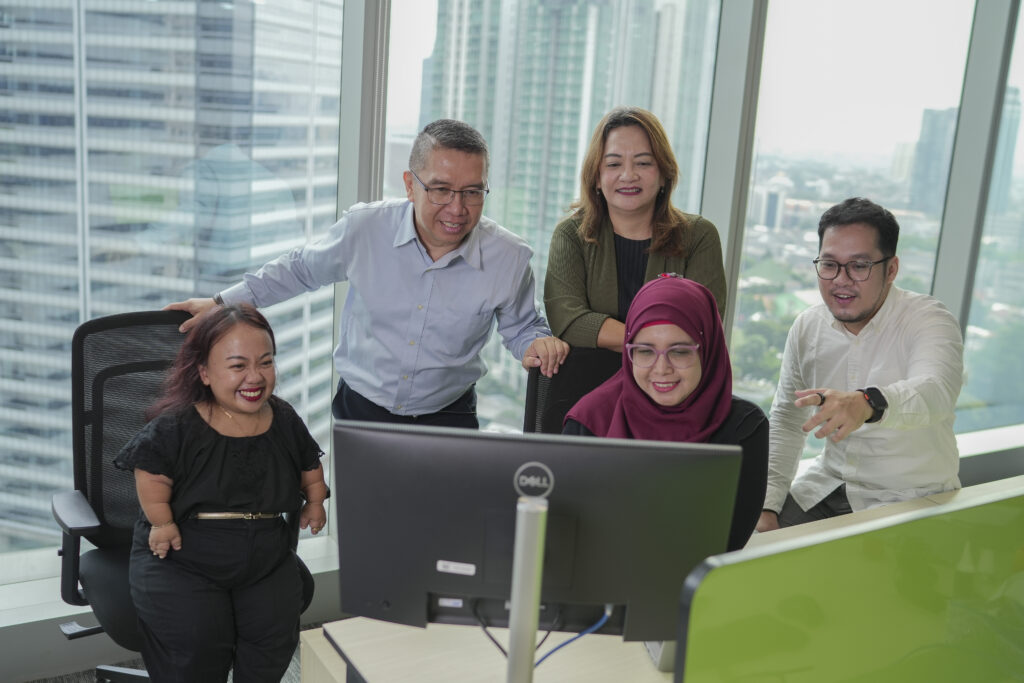
Anggie hopes that in five years time more people with disabilities will be able to access higher education and meaningful careers. Photo: JEFRI TARIGAN
Positive discrimination
If there are two candidates, should we prioritize the person from a marginalized group?
With only one per cent of people with disabilities in Indonesia accessing higher education, their opportunities to gain employment are restricted.
Anggie advocates prioritising candidates with disabilities to address barriers that prevent them from having the same access to education and employment opportunities.
“True equality assumes all barriers are gone,” she says.
“And real equality means everyone starts from the same line.”
Looking ahead, Anggie hopes that in five years, more people with disabilities will be able to access higher education and meaningful careers.
“The conversation around inclusion has grown massively,” she says, reflecting on shifts since 2008, when she was told her disability might limit her leadership potential.
Today, she is proving those doubts wrong, advocating for a future where no one is left behind because of their disability.

